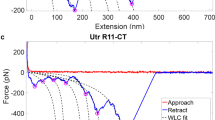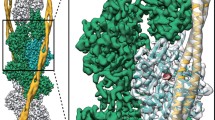Abstract
Dystrophin links the actin cytoskeleton to the dystroglycan complex in the plasma membrane as part of the linkage between the cytoskeleton and the extracellular matrix. Damage to or absence of dystrophin causes Duchenne or Becker muscular dystrophy. It has been proposed that elevating the levels of utrophin, a close homologue of dystrophin, may act as a therapy for these forms of muscular dystrophy. This requires that there is a close functional equivalence of these two proteins. In both utrophin and dystrophin, the main actin-binding region is at the N terminus. It is related to sequences found in a number of other proteins including α-actinin, spectrin and fimbrin. Recent structural and biochemical studies of these proteins have shown that although the method of binding to actin is broadly similar, there are significant differences. There are even differences between utrophin and dystrophin. These studies imply that some caution should be applied to claims that utrophin and dystrophin are completely functionally interchangeable. In this paper, I review studies that elucidate and compare the actin-binding function of utrophin and dystrophin, particularly those initiated in the laboratory of Dr. John Kendrick-Jones at the MRC in Cambridge.
Similar content being viewed by others
Author information
Authors and Affiliations
Rights and permissions
About this article
Cite this article
Keep, N. Structural comparison of actin binding in utrophin and dystrophin. Neurol Sci 21 (Suppl 3), S929–S937 (2000). https://doi.org/10.1007/s100720070006
Issue Date:
DOI: https://doi.org/10.1007/s100720070006




